WATER SAFETY
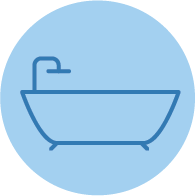
OVERVIEW
Drowning is a leading cause of death for children, and near-drowning—a term used to describe almost dying by suffocating under water—can have life-long health effects, such as brain damage.
In B.C., there were an average of 76 drowning deaths annually, with males making up the majority of these fatalities (78%).2 The majority of these drownings typically happen in the summer months.2 Common risk factors for drowning include not wearing a lifejacket or personal floatation device (PFD) when appropriate, being alone, being a weak or non-swimmer, and alcohol consumption.1
While most drownings occur in natural settings on lakes, rivers, or oceans, young children and older adults (65+ years) are especially vulnerable to drowning in bathtubs and pools. Almost half of all child drownings in Canada occur in backyard swimming pools.3
Babies and young children can drown in as little as 2.5 centimeters (1 inch) of water in a matter of seconds.3 Water can be found in bathtubs, inflatable kiddie pools, or buckets of water left outside. Children can drown quietly and quickly; do not expect them to yell or wave their arms to catch your attention.
Drowning is identified as the ninth highest expense among injury-related causes in B.C. In 2023, the total costs for drowning incidents were $19 million, with $17 million attributed to indirect costs like lost productivity and $1.9 million to direct costs, such as healthcare system expenses.4
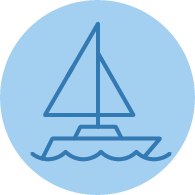
24% of water-related fatalities in B.C. occur during boating.1
RESEARCH
Recreational Boating in British Columbia
In March 2020, BCIRPU successfully wrapped up a three-year project to explore attitudes and behaviours around recreational boating safety in BC. We would like to thank Transport Canada for the generous funding and our project partners: The Community Against Preventable Injuries, Lifesaving Society, and Royal Canadian Marine Search and Rescue.
The recreational boating safety project developed, delivered, and evaluated a social marketing campaign to raise awareness, transform attitudes, and ultimately change behaviours to reduce boating injuries.
Learn more about this project.
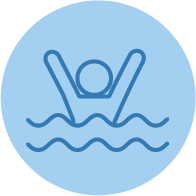
92% of child drownings occur when no parent or supervisor is present, or when present but distracted.1
Prevention tips at home:
- Supervise young children at all times. An adult should be within arms-reach of young children when in or around a drowning hazard.
- If a child is a weak swimmer, ensure they wear an approved lifejacket or PFD around pools or large bodies of water. Small children should always wear a lifejacket or PFD when playing near a body of water.
- Install a 4-sided fence (minimum 4 ft tall) with a self-closing, self-latching gate surrounding an outdoor pool, including above-ground pools. Pools should not be accessible directly from the house. Pool fencing can prevent 7 out of 10 drownings among children.
- Keep emergency equipment, including a first aid kit and a phone, in the immediate pool area.
Prevention tips during recreation:
- Be a child’s lifeguard: Make sure children are closely supervised by responsible adults in and around water.
- Take a class: Enroll yourself and your child in swimming lessons. Take a class to learn CPR and/or lifesaving techniques.
- Wear it: Ensure everyone is wearing an approved lifejacket or PFD when on a boat, at the beach, or at the lake.5
- Lifejacket vs. PFD: Both lifejackets and PFDs help you stay afloat. Cold water shock can affect you regardless of experience, swimming ability, or closeness to shore. Lifejackets provide more floatation than PFDs and are designed to turn the body with the face out of the water in order to breathe. PFDs are lighter, less bulky, and intended for recreational use.
- Take the training and have the equipment: Everyone operating a powered watercraft in BC is required to have a Boating License/Pleasure Craft Operating Card. Training for this license covers the safety equipment to stock on your boat; learn how and when to use it.
- Be prepared: Be cautious about swimming in currents, and learn what to do if you get into trouble. When hiking, be mindful of staying on the trails and avoid fast-flowing rivers.
- Save the drinking for the shore: Do not consume alcohol before or during swimming or boating activities, or when responsible for supervising children.
News
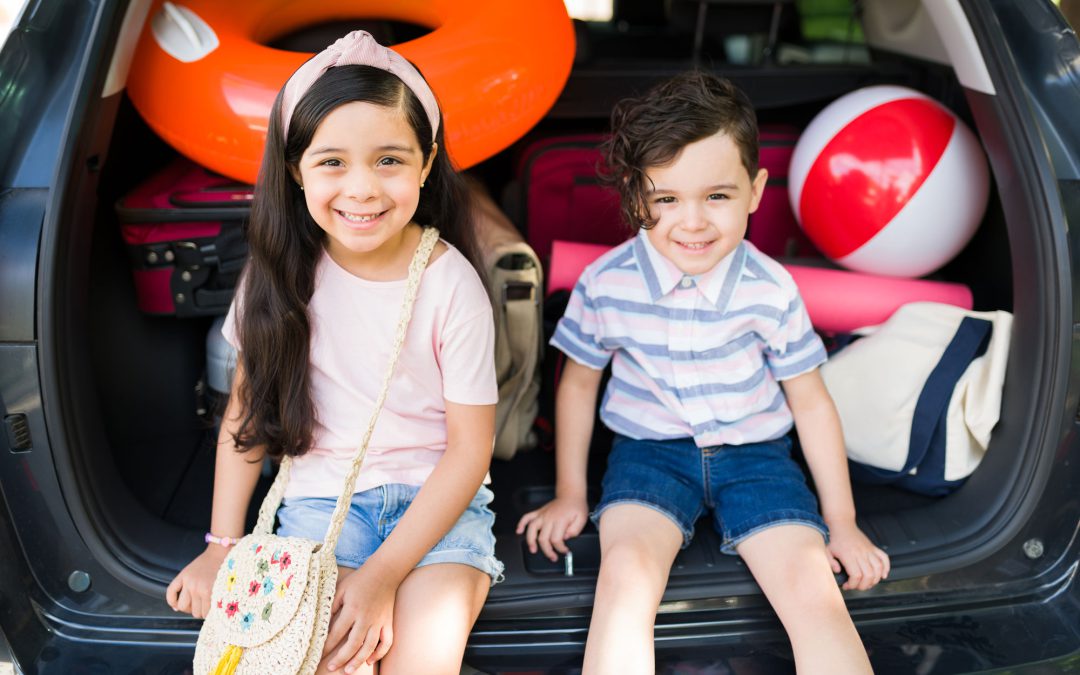
Beat the heat – and prevent drowning this summer
Information for British Columbians on preventing drowning and heat exhaustion.
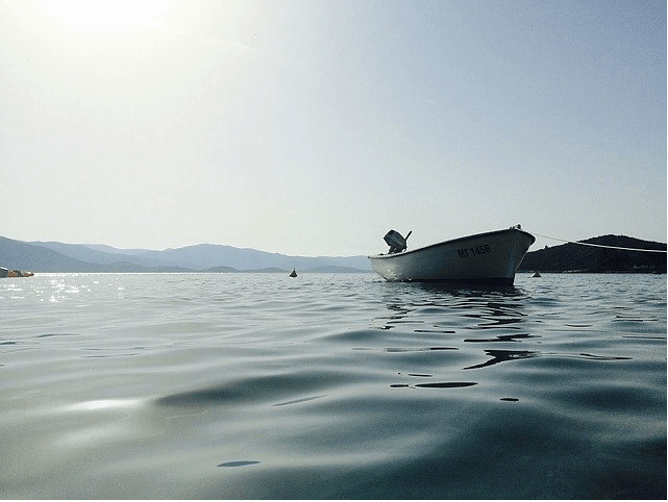
Recreational boating safety: That’s a wrap!
The project developed, delivered, and evaluated a social marketing campaign to raise awareness, transform attitudes, and ultimately change behaviours to reduce boating injuries.
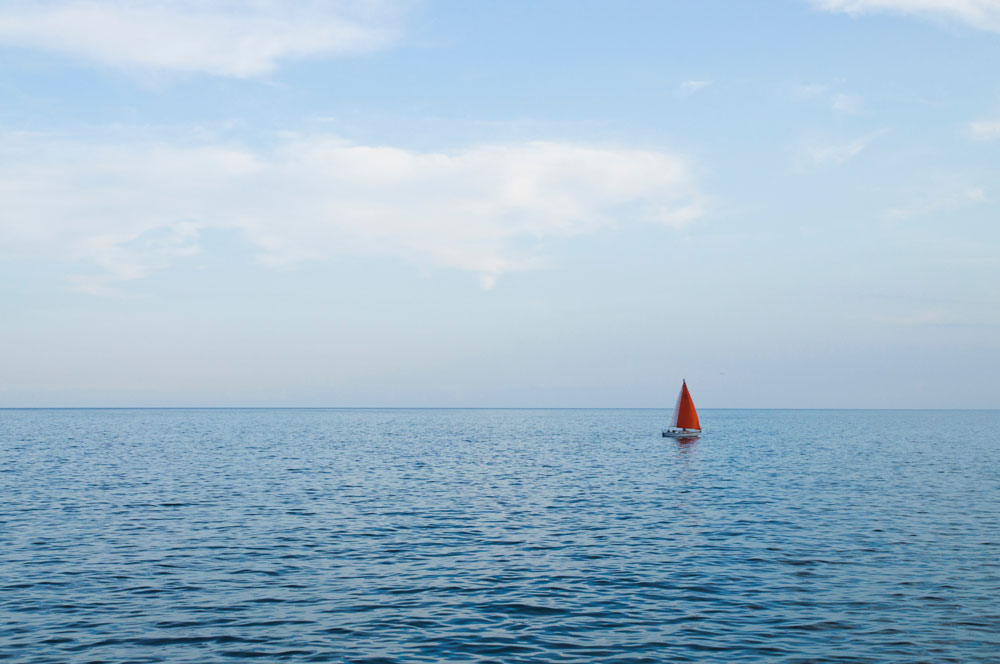
Preventable Wins Boating Safety Award
The project investigated the awareness, attitudes, and behaviours of recreational boaters in BC related to boating safety.
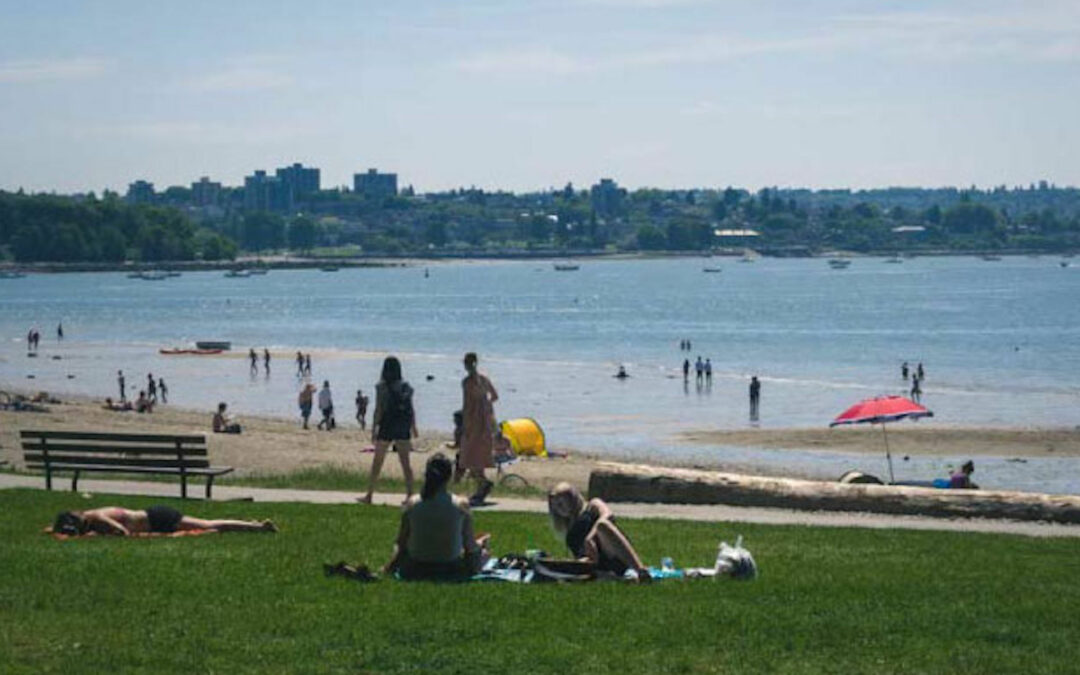
Restarting Activities & Preventing Injuries During COVID-19
We’re still all in this together.
Boating safety campaign to launch summer 2018
From the May long weekend until Labour Day, boaters will see messaging reminding them that drowning and other boating-related injuries are preventable.
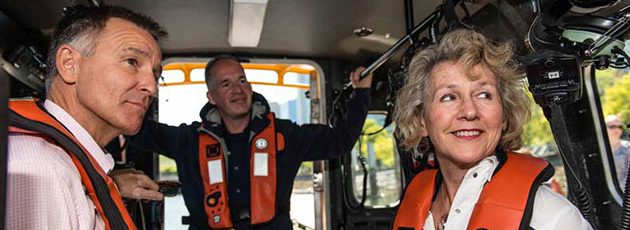
New project aims to reduce boating-related injury in BC
The three-year project will help researchers to better understand attitudes toward boating safety and execute a public awareness campaign.
1. Canadian Drowning Report (2020), 2013-2017 data. Prepared for the Lifesaving Society Canada by the Drowning Prevention Research Centre Canada. Available from: https://www.lifesavingsociety.com/media/330352/lifesaving_drowning-2020_can_en_2020.pdf
2. BC Coroners Service. Accidental Drowning Deaths,2012-2022. Available from: https://www2.gov.bc.ca/assets/gov/birth-adoption-death-marriage-and-divorce/deaths/coroners-service/statistical/accidental_drowning_web_report_2012-2022.pdf
3. Parachute. (2019). Backyard Pools. Retrieved May 2020, from https://parachute.ca/en/injury-topic/drowning/backyard-pools/
4. Rajabali F, Zheng A, Turcotte K, Bruin S, Pike I. (2022). Cost of Injury in British Columbia 2022. BC Injury Research and Prevention Unit: Vancouver, BC. [Cost from 2018 converted to 2023 dollars using the Bank of Canada inflation calculator.]
5. Caring for Kids. (2017). Water safety for young children. Retrieved May 2020, from https://www.caringforkids.cps.ca/handouts/water_safety
